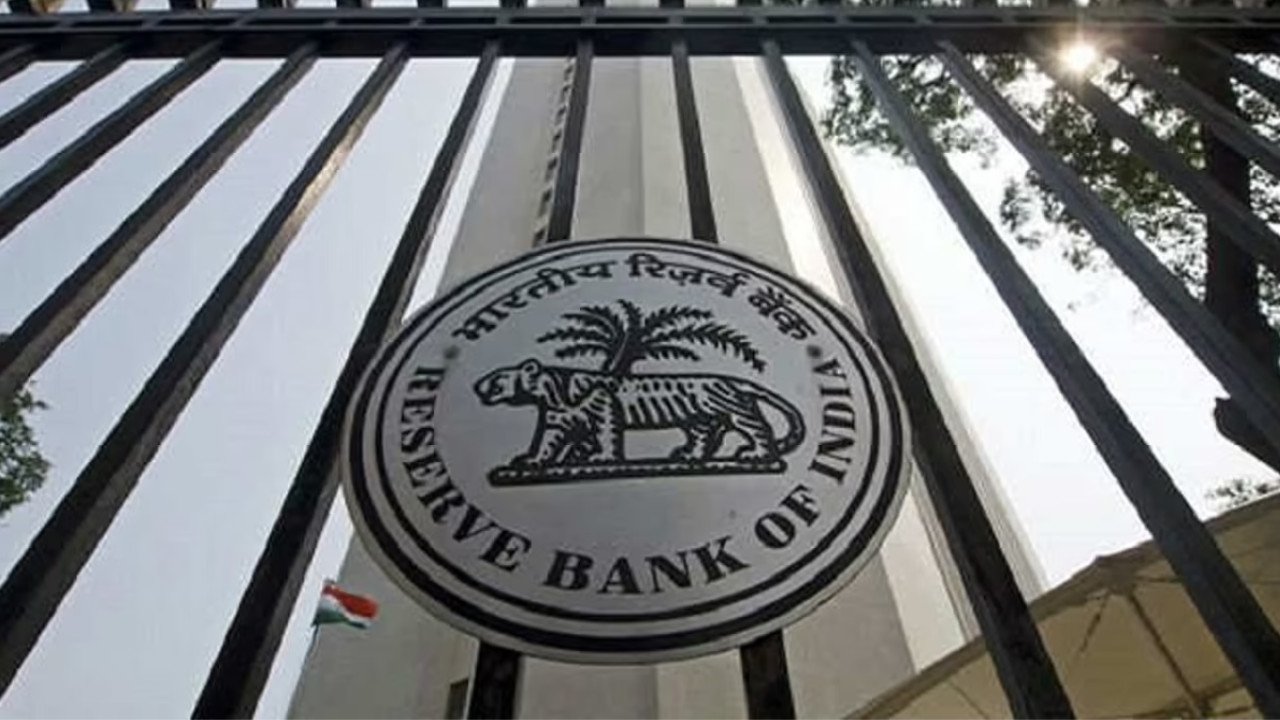The Reserve Bank of India (RBI) urges financial institutions to bolster cybersecurity defenses amidst rising digital threats. The call to action includes risk-based supervision, zero-trust frameworks, and AI-aware strategies. This is to combat cyberattacks and financial frauds amplified by digital services, cloud infrastructure, and AI-powered scams.
Fortifying the Financial Fortress: Why AI-Aware Cybersecurity is Now Non-Negotiable
The digital landscape is the new battlefield, and the financial sector is squarely in the crosshairs. Think of your bank accounts, credit card details, and investment portfolios – all living and breathing within a complex web of interconnected systems. Now imagine that web under constant siege. It’s not a scene from a spy movie; it’s the everyday reality of cybersecurity in finance. The Reserve Bank of India (RBI) has recently sounded a clear alarm, highlighting the urgent need for financial institutions to adopt a more proactive and sophisticated approach to defending themselves against ever-evolving cyber threats.
The days of simply reacting to attacks are long gone. We’re talking about a shift to anticipating them. The RBI’s message is crystal clear: financial institutions need to build a digital fortress powered by AI-aware defense mechanisms and a zero-trust architecture. But what does that even mean in practice?
Let’s break it down.
The Rising Tide of Cyber Risks in Finance
The financial sector is attractive to cybercriminals for obvious reasons: it’s where the money is. But it’s not just about stealing funds directly. The threat landscape is becoming increasingly complex, with attacks ranging from ransomware that locks down entire systems to sophisticated phishing scams designed to trick employees into divulging sensitive information. And these attacks are no longer the work of lone hackers in darkened basements. We’re seeing highly organized, well-funded criminal enterprises with the resources to develop and deploy cutting-edge attack methods.
One particularly concerning trend is the increasing reliance on third-party vendors. While outsourcing certain services can be cost-effective and efficient, it also introduces new vulnerabilities. Imagine entrusting a company with your data security and that company subsequently gets breached. That’s a backdoor into your own system. Vendor lock-in, where an institution becomes overly dependent on a single vendor, compounds this risk, creating a single point of failure that cybercriminals can exploit. The RBI is explicitly warning against these systemic threats, emphasizing the need for robust vendor risk management and diversification of providers.
AI-Aware Defense: Fighting Fire With Fire
The key to navigating this treacherous terrain lies in embracing AI-aware defense. Artificial intelligence is no longer a futuristic buzzword; it’s a critical tool for identifying and neutralizing cyber threats in real-time. Think of it as having an intelligent security guard constantly monitoring network traffic, analyzing user behavior, and identifying anomalies that could indicate malicious activity.

AI-powered cybersecurity systems can detect patterns that human analysts might miss, allowing for faster and more effective responses to attacks. They can also automate routine security tasks, freeing up human security professionals to focus on more complex and strategic initiatives. By leveraging machine learning algorithms, these systems can continuously learn and adapt to evolving threat landscapes, staying one step ahead of the attackers.
Zero Trust: The Foundation of a Secure System
Building upon the AI-powered shield is the concept of a zero-trust architecture. The fundamental principle of zero trust is simple: never trust, always verify. In traditional security models, once a user gains access to the network, they are often granted broad privileges. Zero trust flips that on its head. Every user, device, and application – whether inside or outside the network perimeter – must be authenticated and authorized before being granted access to any resource.
This approach minimizes the blast radius of a potential breach. Even if an attacker manages to compromise one account, they will be limited in their ability to move laterally within the network and access sensitive data. Implementing a zero-trust architecture requires a fundamental shift in mindset and a significant investment in new technologies, but it is essential for protecting against modern cyber threats.
A Proactive Approach to Cybersecurity in Finance
The RBI’s call for AI-aware defense and zero-trust architecture isn’t just a recommendation; it’s a wake-up call. Financial institutions must move beyond traditional security measures and embrace a more proactive, intelligent, and resilient approach to cybersecurity. This includes investing in advanced technologies, training employees on security best practices, and establishing robust incident response plans. We should look at this piece discussing ways to improve your company’s cybersecurity.
The future of finance depends on our ability to protect the integrity and security of our digital infrastructure. The time to act is now.
Conclusion: Securing Tomorrow’s Financial Landscape
The RBI’s warning underscores a critical truth: cybersecurity in finance is no longer a luxury, but a necessity. Embracing AI-aware defense and a zero-trust approach are paramount to building a resilient financial ecosystem that can withstand the ever-increasing sophistication of cyber threats. By prioritizing these strategies, financial institutions can safeguard their assets, protect their customers, and ensure the stability of the entire financial system.







